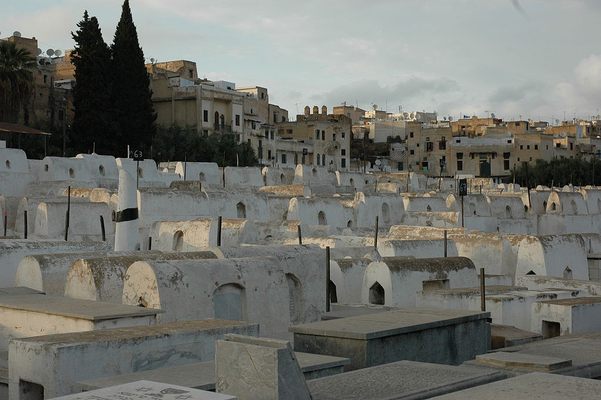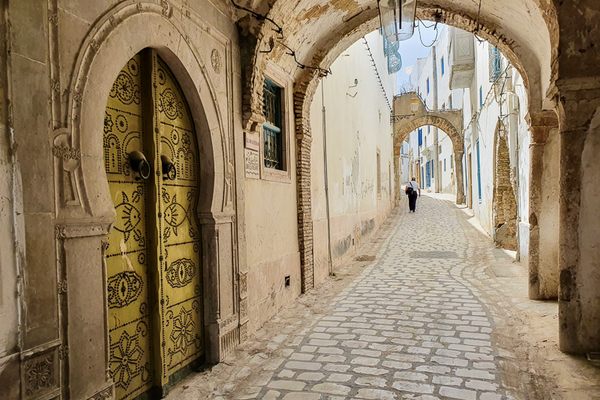About
The first Jewish mellah (Arabic for “salt marsh” or “salt spring”) was established in the Moroccan city of Fez in 1438. Historical records suggest that the Fez Mellah, similar to a European ghetto, was built to safeguard the city’s growing Jewish population by separating the community from the rest of the city's residents in return for loyalty to the sultan.
The Fez Mellah was the first of its kind in Morocco. The name “mellah,” which became the standard term for Jewish quarters throughout the country, isn’t believed to have sprung from derogatory origins; in its former glory, the Fez Mellah was described as an impressive site of imposing architecture, and the region served to fortify the Jewish population from harm.
With time, however, the term mellah assumed associations with outcasts and barbarians. In 1465, a pack of rebels attacked the Marinid dynasty seated in Fez, killing the majority of the Jews residing in the mellah and uprooting the cohabitation of Jews and Muslims in the city.
Following World War II, most of the Jews who remained in Fez fled, and the mellah fell into a state of disrepair.
Today, the Fez Mellah is supported by UNESCO and only a small Jewish population remains. A walk through the mellah provides a throwback to an earlier epoch; among the mellah’s points of interest is the restored 17th century Ibn Danan synagogue and an arresting Jewish Cemetery with 400 year-old tombstones.
Related Tags
Know Before You Go
Some visitors to the Fez Mellah have reported feeling particularly unsafe on the grounds of the Jewish Cemetery, a popular hangout for some unsavory characters. Travelers to the mellah should avoid any suspicious invitations or offers for tours thrown their way.
Flavors of Morocco: Souks, Spices & Saharan Stars
A Moroccan Culinary Adventure from Marrakech to Essaouira.
Book NowCommunity Contributors
Added By
Published
October 29, 2018



















































